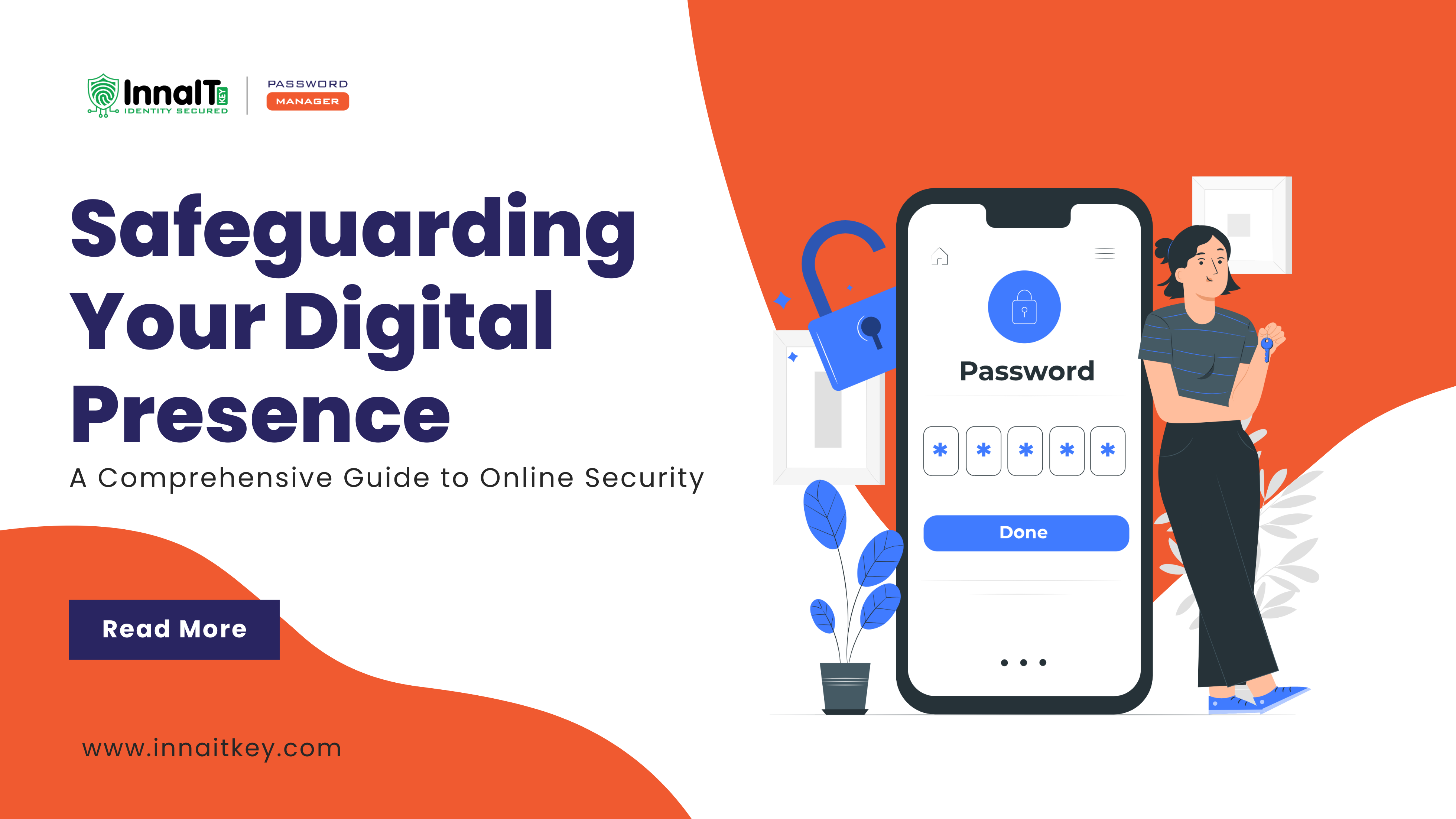
In an era where our lives are increasingly intertwined with the digital realm, ensuring the safety of your online presence has become paramount. From personal information to financial data, our digital footprint holds a treasure trove of sensitive details. Here’s a comprehensive guide on how to keep your digital presence safe online.
1. Strong, Unique Passwords:
The cornerstone of online security starts with robust passwords. Create complex passwords with a mix of uppercase and lowercase letters, numbers, and special characters. Avoid using easily guessable information such as birthdays or common words. Additionally, consider using a reputable password manager to generate and store strong, unique passwords for each of your accounts.
2. Enable Two-Factor Authentication (2FA):
Add an extra layer of protection to your accounts by enabling 2FA whenever possible. This typically involves receiving a code on your mobile device that you must enter along with your password. Even if someone gains access to your password, they will still need the additional authentication step.
3. Regularly Update Software:
Keep all your software, including operating systems, browsers, and security software, up to date. Developers regularly release updates that patch vulnerabilities and enhance security. Set your devices to update automatically or be prompt in installing updates when notified.
4. Beware of Phishing Attempts:
Be cautious when clicking on links or providing personal information, especially in emails or messages from unknown sources. Phishing attempts often masquerade as legitimate communications to trick users into revealing sensitive information. Verify the sender’s identity and use official websites for sensitive transactions.
5. Secure Your Wi-Fi Network:
Ensure your home Wi-Fi network is secured with a strong, unique password. Use WPA3 encryption if available. Regularly check connected devices and remove any unauthorized ones. Changing your Wi-Fi password periodically adds an extra layer of security.
6. Review App Permissions:
When installing apps, carefully review the permissions they request. Some apps may seek unnecessary access to your personal data. Only grant permissions that are essential for the app’s functionality. Regularly audit and uninstall apps you no longer use.
7. Protect Personal Information:
Limit the amount of personal information you share online. Be mindful of the details you post on social media and use privacy settings to control who can access your information. Avoid sharing sensitive information, such as your address or phone number, unless necessary.
8. Monitor Your Financial Accounts:
Regularly review your bank and credit card statements for any unauthorized transactions. Set up account alerts to notify you of unusual activity. Report any discrepancies immediately to your financial institution.
9. Backup Your Data:
Frequent backups of your important data can protect you from data loss due to cyber threats or hardware failure. Use secure cloud storage services or external hard drives to regularly backup your files.
10. Educate Yourself:
Stay informed about the latest cybersecurity threats and best practices. Knowledge is a powerful defence against online threats. Familiarize yourself with common scams and phishing techniques to recognize and avoid potential risks.
By implementing these practices into your online routine, you can significantly enhance the security of your digital presence. Remember, the key to online safety lies in vigilance, awareness, and proactive measures. Safeguarding your digital presence is an ongoing commitment to stay one step ahead of potential threats in our ever-evolving digital landscape.